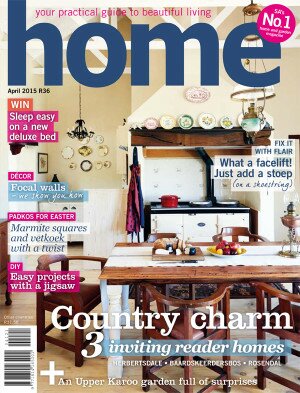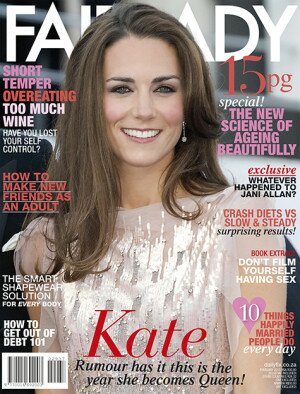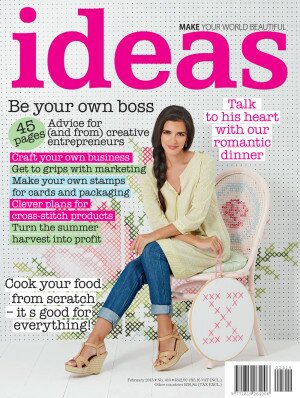-
Picnic Quilt
This beautiful quilt is just what you need to relax on at a picnic
14 October 2014
You will need
- variety of cotton print-patterned quilting fabric (2.5m of 140cm- wide fabric)
- backing fabric (2.5m of 140cm-wide fabric)
- fusible batting (2.5m, depending on the width)
- fabric for binding, cut into 6cm-wide strips (0.5m of 140cm- wide fabric)
- matching coloured sewing thread
- sharp dressmaker’s scissors
- dressmaker’s pins
- clean, soft-bristle hairbrush (optional)
To make
1 Cut the patterned fabric into 20 x 20cm squares. Our quilt is eight squares across and eight down, making 64 squares in total. The overall size of our quilt is about 1.5 x 1.5m. You can increase the number of squares, if you prefer.2 Cut the backing fabric into 20 x 20cm squares, cutting 64 squares in total.
3 Cut the fusible batting into 18 x 18cm squares, cutting 64 squares in total.
4 Sandwich a fusible batting square between a patterned fabric square and a backing fabric square, so the wrong sides of the fabric are positioned next to the batting. Iron the square to fuse the batting to the fabrics. Repeat for all the squares.
5 Now stitch two diagonal rows across each square to form a cross, making sure that the lines reach all the way to the corners so the three layers are quilted together.
6 Once finished, arrange the squares in eight rows of eight squares.
7 Take the first two squares in the first row and lay them on top of each other with the wrong sides together (in other words, the backing sides) – the seam allowance needs to end up on the front of the quilt. Stitch together with a 1.5cm seam allowance.
8 Stitch all your squares together, one row at a time, starting from the top row and working from left to right.
9 Once your rows are complete, stitch them together in exactly the same way, taking care to line up the squares.
10 When your quilt is complete, trim any excess fabric and make sure that the edges are straight and squared off. Measure the quilt around the edges and add 30cm to this measurement. This will be the length of your binding fabric.
11 Join the pieces of binding fabric diagonally to avoid additional bulk. Once you have completed the length, fold the binding fabric in half lengthwise, iron, and zigzag stitch the open sides.
12 Pin the binding with the zigzag stitch lining up with the edge of the quilt leaving an overlap. Once pinned, join and trim off the excess binding. Stitch the binding in place around the quilt.
13 Turn the quilt over and fold the binding over towards the back of the quilt, pinning it in place (cover the stitch line underneath.)
14 Turn the quilt back over and stitch close to the binding between the quilt and the binding – effectively hiding the stitch line. This will catch the binding at the back and will ensure a neat border. Remove the pins as you work.
15 Once your binding is complete, snip the raw edges of the squares with scissors, taking care not to cut through the stitch line.
16 There are two methods to create the soft frayed effect. First method Snip all the edges and corners and then wash and tumble dry the quilt two or three times. Second method Snip the edges then use a soft-bristle hairbrush to gently brush the edges to release the bits of fabric. It is a messy but effective process.
Text and image: Ideas magazine






